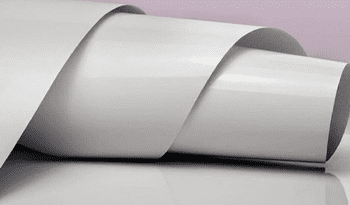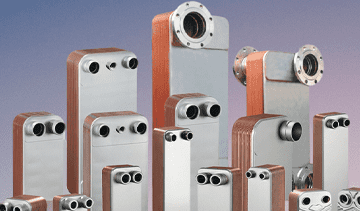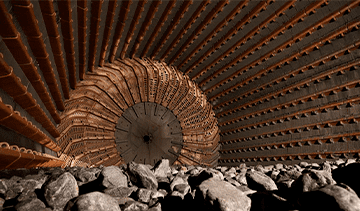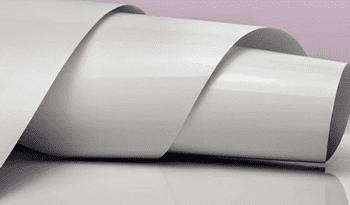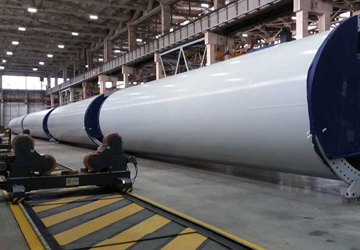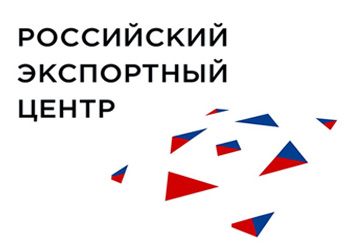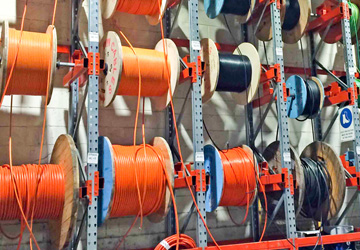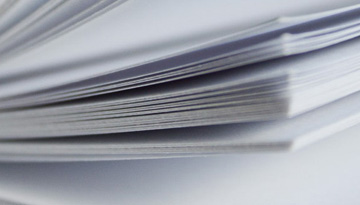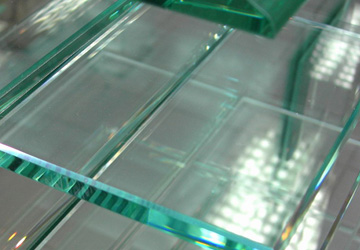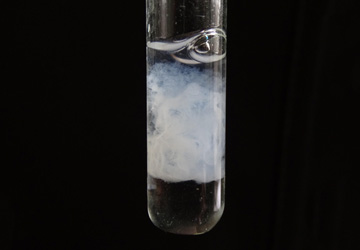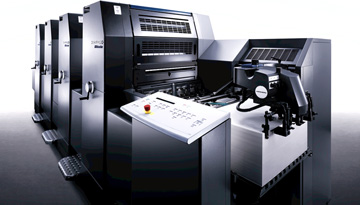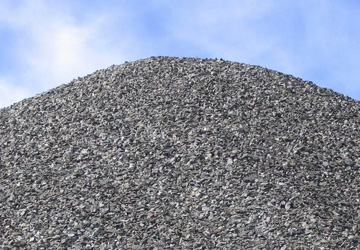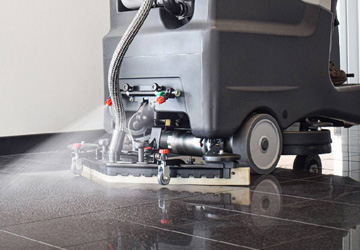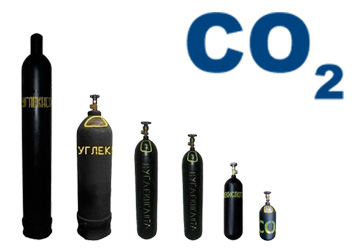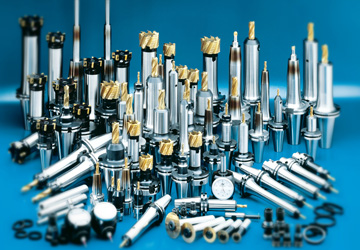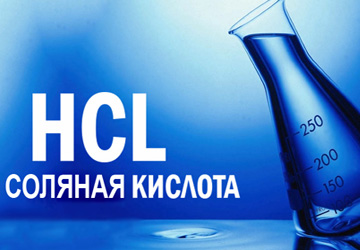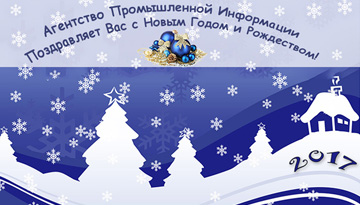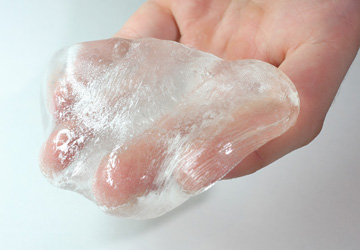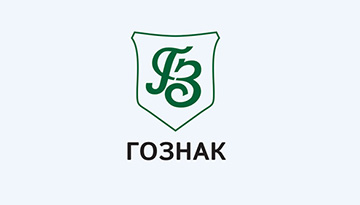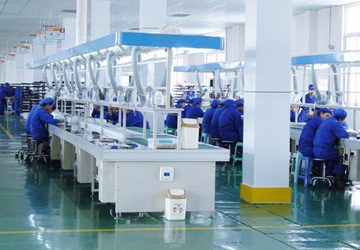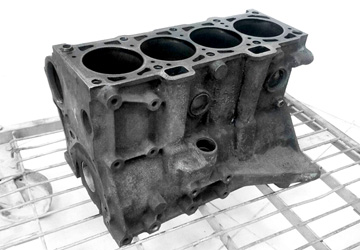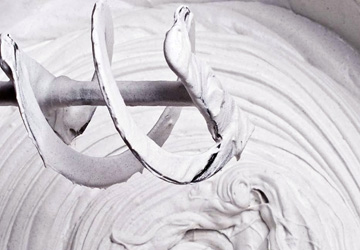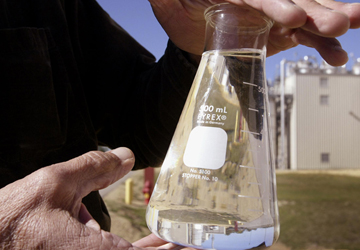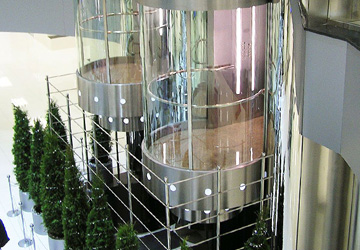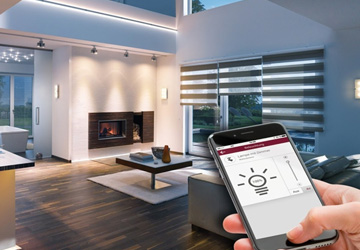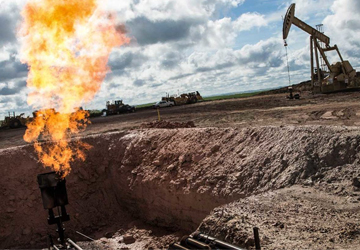It is better to see once than hear a hundred times.
It is this Russian proverb that most succinctly shows the value of this method.
Visiting objects of study (offices, factories) can be carried out for different purposes:
- for due diligence,
- to assess the scale of activities and the number of staff,
- to find out the level of wealth of the company,
- to understand the organization of the security system,
- to assess the technical and technological equipment,
- to get acquainted with employees, etc.
We use this method most often:
- to prepare for meetings with the customer
- for competitive intelligence (identification of competitive advantages, existing business processes and procedures, understanding of sales techniques, proposed terms of cooperation),
- to collect information about a possible purchase object
Visit visits are made by the Industrial Information Agency both on its own behalf and under cover.
On your own behalf, a visit to an office or enterprise is usually made before organizing meetings with a customer with the following goals:
- convey its capabilities and business proposals,
- to clarify the degree of seriousness of the company - the object of study and the level of its interest in the customer's proposal,
- prepare the future partner for a meeting with the customer, and vice versa, provide the customer with information about the future partner, give recommendations on interaction.
Undercover visits are made mainly to study competitors or to gather information about the object of purchase.
As in the case of the Legendary interview, the legend and cover are carefully thought out, including external attributes - business cards, relevant documents, appearance and other details.
Depending on the issues of interest, such images as "Journalist", "Applicant", "Buyer", "Supplier" and others.
For the meeting, a scenario for obtaining the necessary information is prepared in advance, basic, auxiliary and covering questions are compiled.
Many small details of the exterior and interior, interlocutors and their non-verbal reactions can often tell more than any words.


















